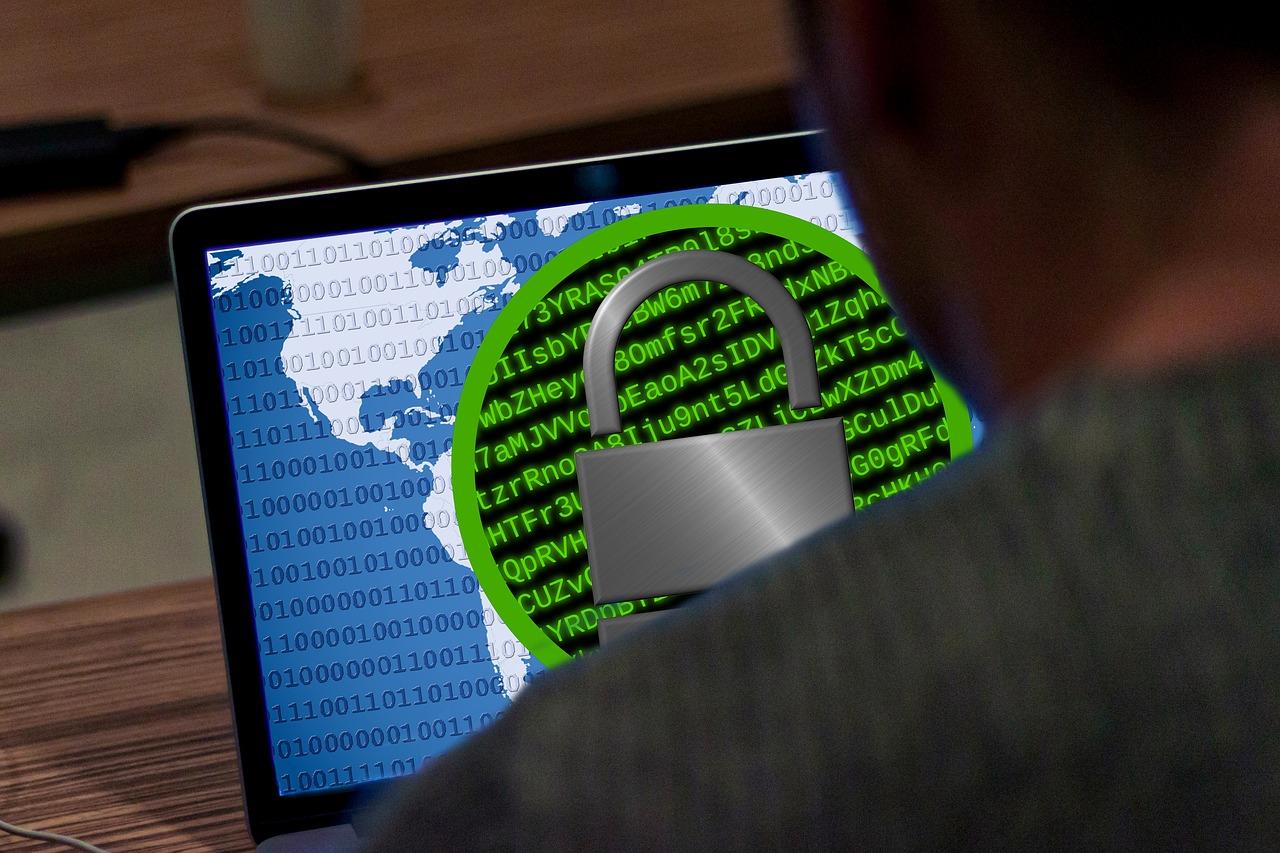As a business, your aim is to grow revenue, profitability, and the bottom line. No one gets into business intending to drain away their income or give away revenue and go bankrupt. But, unfortunately, that’s exactly what cyber-attacks do to companies. According to a report released by Accenture, over 43% of cyber-attacks were aimed at businesses, but only 14% were prepared enough to defend themselves. This alarming statistic from the study was not the only shocker. Another scary aspect revealed that data security breaches could cost a business of all sizes approximately $200,000 on an average. Plus, your business intellectual property can be put on risk of being stolen and misused. Therefore, it is more vital than ever for every business to adopt the right data and document security strategies to fight cyber threats and avoid giving away their revenue.
Unfortunately, document security threats are not new. Hence, to avoid getting into a predicament where you are faced with a data breach and having to give away revenue through penalties, fines, litigations, settlements etc., let’s look at how you can secure your data and documents in the first place.
- Know where your data is and where it is going.A vital step towards efficient document security knows precisely what information you have, where it is stored and how it is used. When you accurately identify the data flow in your business and the susceptible points, you can make informed decisions regarding the right kind of document security measures you need to safeguard it. For instance, large organizations use a range of data discovery tools to look into their company networks for valuable, sensitive or confidential information. Upon finding it on unauthorized computers, they have the option of encrypting or deleting it. In today’s data protection laws, businesses need to have transparency that is crucial for compliance and in building efficient document protection policies.
- Apply encryption across the board. One essential step in protecting company information and securing sensitive documents and data is to ensure that user’s drives, USB sticks and smartphones are encrypted. At the same time, the data must also be encrypted before its transfer, either on the cloud or on portable devices. In addition, encryption can help business tackle two significant document security vulnerabilities. Firstly, since most workforces these days operate remotely, encryption ensures that if devices are misplaced or get lost, the classified or sensitive information they contain is unreachable to outsiders.
- Protecting information in the cloud.Given the extensive digitalisation efforts, the cloud has become an integral part of business activities. But as more and more data migrates to the cloud, the problem of document security has reached immense debates among IT departments and data security teams. Several argue that data security measures applied by cloud service providers are robust. However, when sensitive information is out of your hands and in the cloud, it could make you nervous, knowing that you are unaware of who can access or read your information. Typically, in such scenarios, organizations use data protection in their cloud policies or limit the kind of data they choose to store in the cloud.
- Employee training and awareness. The primary vulnerability that breaks data protection is always the human factor. Therefore, whether out of ignorance or negligence, insiders account for over 50% of data breaches, according to a study completed by the Ponemon Institute. Several large organizations conduct employee training initiatives to inform their employees of compliance regulations and internal cyber security policies. These provide employees with training and clear recommendations on how to deal with sensitive types of data. Unfortunately, despite special care taken to train employees on document security, this factor could often feel redundant as once employees have left the organization, they could be free to share information unintentionally or intentionally.
- PDF digital rights management [DRM].Digital rights management or DRM includes a wide range of controls and methods to help you protect your classified information and confidential documents from unauthorized use and piracy. DRM tools use encryption, copy protection and robust document security measures to safeguard your organization’s intellectual property from misuse. With PDF DRM, you can protect your valuable information from being accessed by unauthorized users or misused by authorized ones. But more importantly, it gives you a proactive approach to protecting your company’s bottom line.
Conclusion
PDF DRM is the only proven document security solution that can protect your data in today’s digital world. So if you’re looking to prevent unauthorized use, control access to confidential data within your business, and ensure that your IPR is not altered or leaked, you need to get the right DRM technology to safeguard and protect your PDF documents and files.






